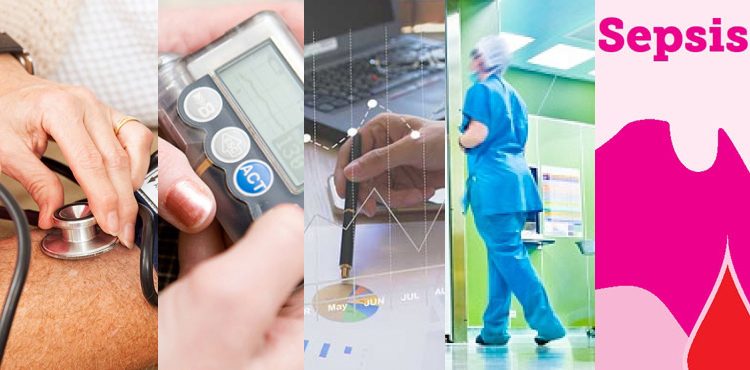
The George Institute's five most-read research stories in 2018
Take a look at our five most-read research stories in 2018:
1. Innovative triple pill significantly lowers blood pressure
A new low dose three in one pill to treat hypertension could transform the way high blood pressure is treated around the world. A trial led by The George Institute for Global Health revealed that most patients – 70 percent – reached blood pressure targets with the ‘Triple Pill’, compared to just over half receiving normal care. With high blood pressure the leading cause of disease burden worldwide, it’s expected the findings published in JAMA will change guidelines globally. Read More...
2. Potential breakthrough treatment for chronic kidney disease and diabetes
The CREDENCE trial, investigating a breakthrough treatment for chronic kidney disease and type 2 diabetes, has been ended early after the benefit was demonstrated at an interim analysis. The study, being led by The George Institute for Global Health, could herald the first new drug therapy in more than 15 years for slowing down the progression of chronic kidney disease (CKD) in patients with type 2 diabetes. Read More...
3. Study ends debate over role of steroids in treating septic shock
The results from the largest ever study of septic shock could improve treatment for critically ill patients and save health systems worldwide hundreds of millions of dollars each year. Researchers at The George Institute for Global Health studied whether the use of steroids as an additional treatment to septic shock - a severe life-threatening infection - would improve survival. Read More...
4. The Lancet: Taxes on soft drinks, alcohol and tobacco are a powerful response to rising rates of chronic diseases
Taxes on soft drinks, alcohol and tobacco are a powerful response to rising rates of non-communicable diseases (NCDs) worldwide, according to the most comprehensive analysis to date of evidence on expenditure, behaviour and socio-economic status, published today in The Lancet. "Poverty and economic hardship have many causes, but this major body of evidence highlights the ruinous and long-term economic burdens of non-communicable diseases on households. An important policy response is to provide financial protection through tax-financed health care and social health insurance programmes, and within these programmes, provide for the subsidisation of interventions that are cost-effective,” says author Professor Stephen Jan. Read More...
5. Stopping Sepsis - the silent killer
Sepsis is known as the silent killer and takes more lives than the annual road toll. The George Institute for Global Health and the Australian Sepsis Network on 8th March 2018, launched a national action plan for Australia to reduce the number of people who lose their lives each year to sepsis - a life-threatening illness that occurs when the body’s response to infection injures tissues and organs. Read More...

